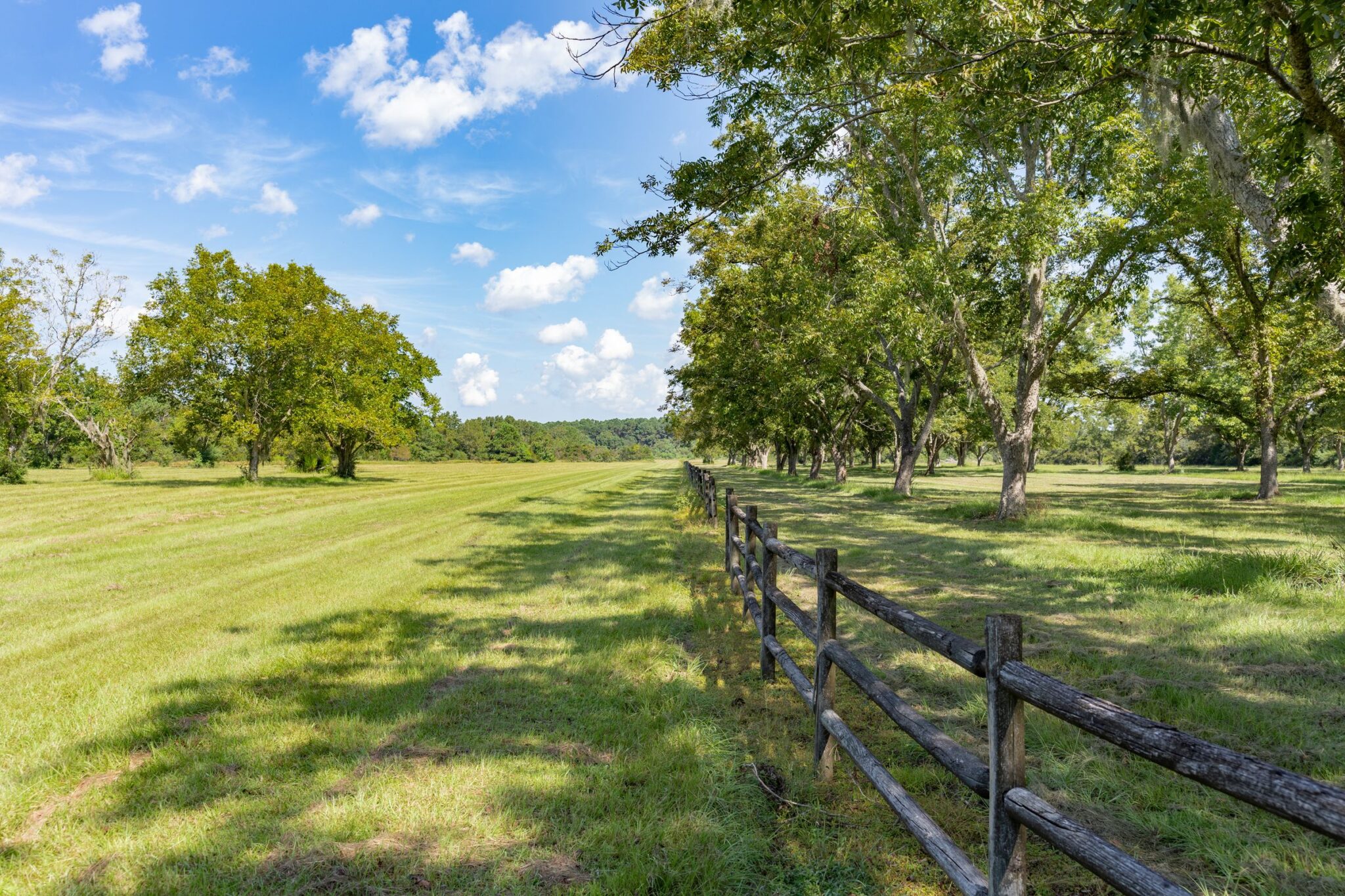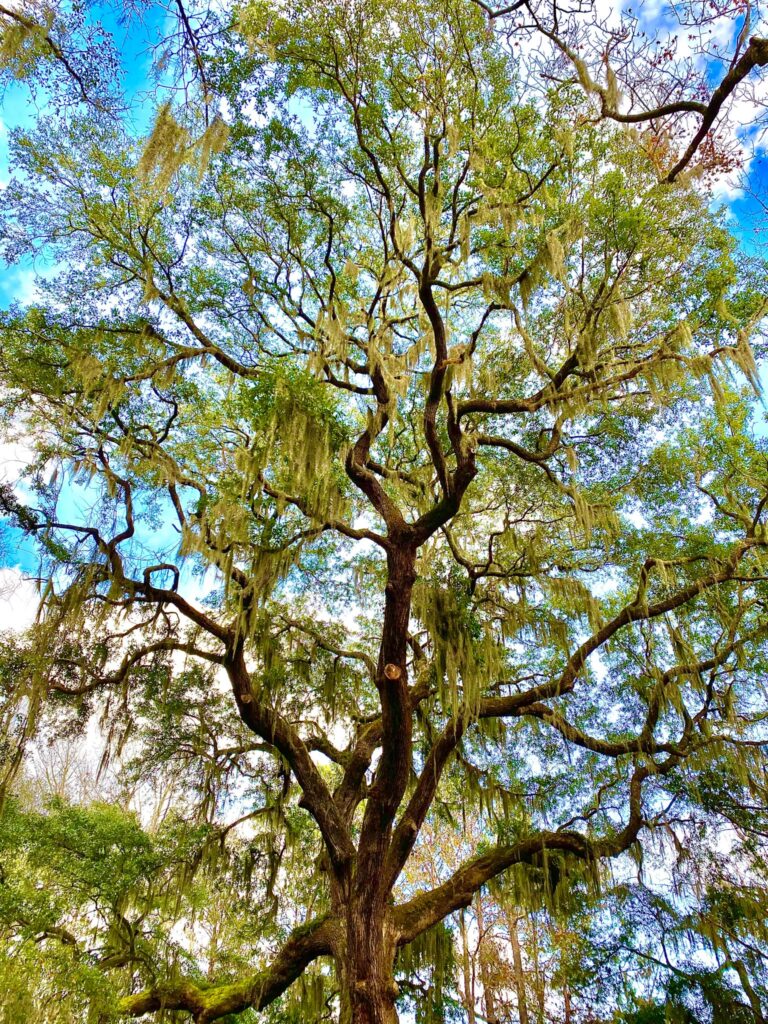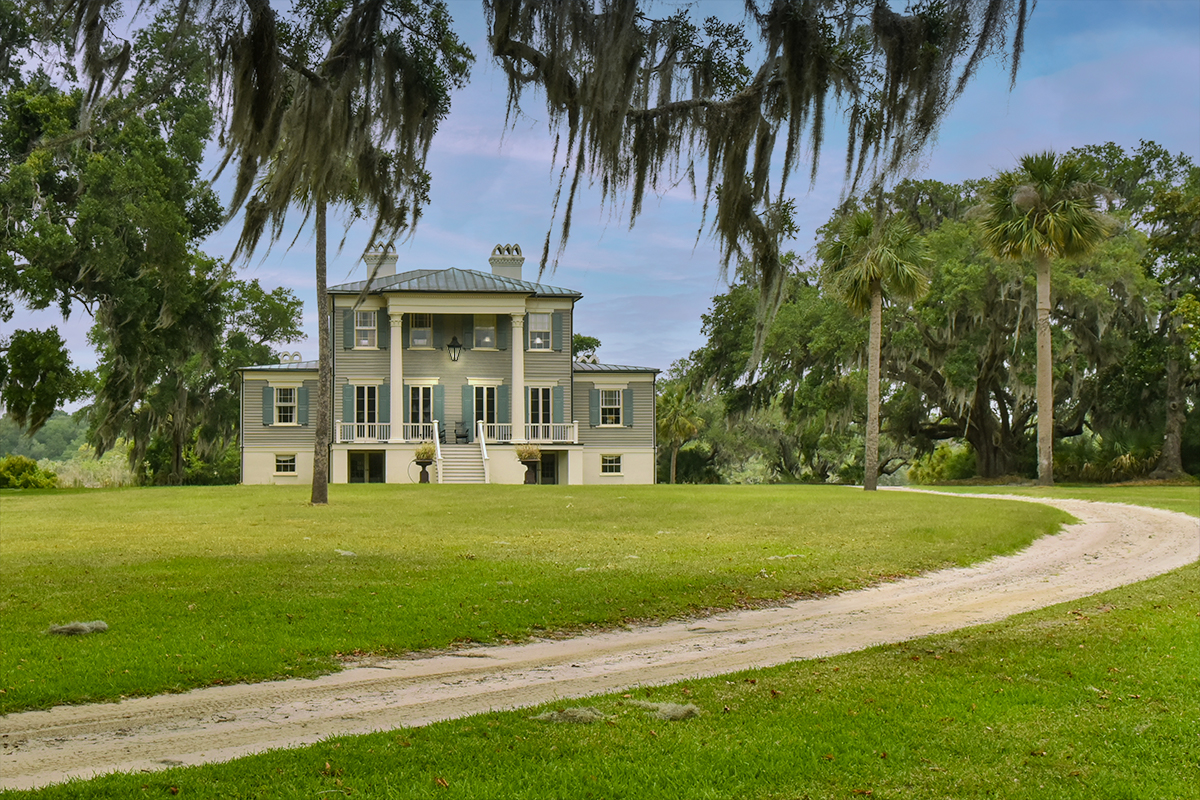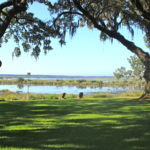Rural Land: A Distinct Market with Enduring Appeal
Rural properties in the Lowcountry typically come in two colors – large acreage tracts focused on hunting and smaller parcels catering to other recreational uses such as equestrian pursuits, boating, birding and more. Common threads among rural buyers include a strong desire for privacy and, often, access to navigable waterways.
A recent sale by our firm—Boardwalk, a unique property on Tom Point Creek in Hollywood, is a good example of a hybrid of these two categories. Selling for $5,875,000, this small tract just under 220 acres offers great diversity that caters to a variety of recreational interests. It has established wildlife habitats for deer, turkey and ducks, and open fields with potential for dove hunting and equestrian enhancements. It also offers statement architectural improvements, scenic views, privacy and desirable water access. On top of it all, its proximity to Charleston makes it suitable for either a primary residence or a retreat.
The Osborne tract, located just 27 miles from Charleston in Adams Run, is a larger tract that offers 527 acres of quality deer and turkey hunting. This property has strong potential for future habitat development for ducks and doves and is protected by a conservation easement. This easement that allows traditional uses such as agriculture, forestry, and equestrian activity, while limiting future development to a single homesite. Surrounded by other conserved properties, Osborne serves as a gateway into the ACE Basin—one of the most celebrated conservation regions on the East Coast.
The Local Impact of Global Trends on the Rural Land Market
Prices for rural tracts have been consistently appreciating and demand has increased as supply has been stagnant. COVID did drive some of this demand for both smaller and larger rural properties; however, the SC Lowcountry has always had a certain panache because of the extensive private land protection. The increase in remote work has also made rural living more practical, drawing more full-time residents to properties once considered second homes.
Sprawl is destroying a lot of region’s natural and cultural heritage; however, because of the extensive private land conservation efforts, much has been preserved which is one of the reasons there is a strong demand for rural property here in the Lowcountry. Surprisingly, nearly half –49% –of Charleston County is permanently protected and that number is growing every year. Areas like Wadmalaw, Edisto, and the ACE Basin have been preserved largely by private conservation efforts.
All our agents at Holcombe, Fair & Lane are actively involved in preserving the regions we represent—all the way from Williamsburg County to the Savannah River. Our early leadership in land conservation has positioned us at the forefront of rural property brokerage–making it not just our business, but also our mission. Learn more about us here.




































